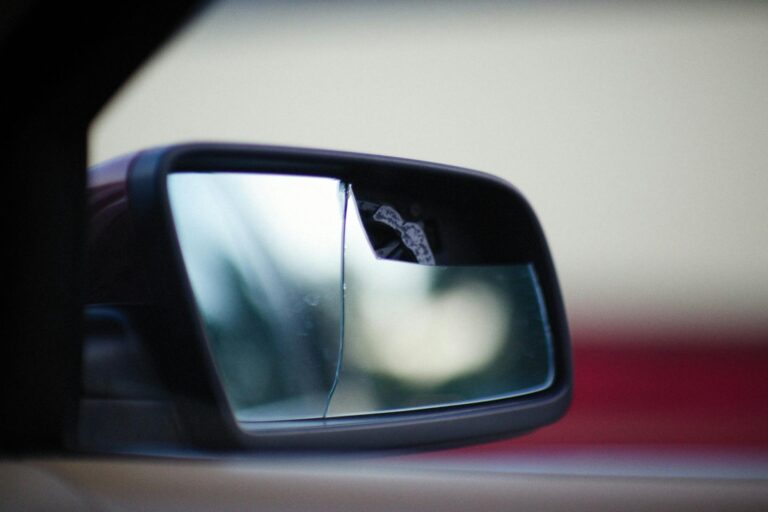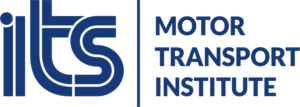Blog
Tesla liable for fatal crash caused by Autopilot malfunction
On Friday, August 1, 2025, a jury in Miami, Florida, USA, ruled that Tesla, as the vehicle manufacturer, was liable for the malfunction of the Autopilot feature in the Model S, which contributed to the death of one person and significant injuries to another.
Precedent
In the accident, which occurred on April 25, 2019, a Tesla Model S equipped with an active autopilot feature ignored a stop sign and signs requiring left or right turns. The vehicle continued straight ahead through an intersection. As a result the Tesla struck the right side of a Chevrolet parked in a parking lot and stroke two other people. The injured woman, a 22-year-old female passenger in the Chevrolet, died at the scene, and a 33-year-old male passenger sustained serious injuries. The Tesla driver was not seriously injured.
During the investigation, it came out that the Tesla driver was not looking at the road because he had dropped his phone moments earlier, so he decided to pick it up. It was also confirmed that the Tesla was driving with Autopilot mode engaged at the time of the accident, which, according to the manufacturer’s technical assumptions and announcements, should not have caused the accident. The Tesla driver fully trusted the technology, but the vehicle’s systems failed.
The case sets a precedent as it is the first time a manufacturer has been held liable for a malfunction of an automated driving feature.
Court Ruling
Besides the obvious reputational impact, Tesla will also face financial consequences. The total amount of compensation determined by the court is $129 million for the victims’ families, of which the vehicle manufacturer is to pay 33% ($42.5 million). The person driving the Tesla at the time of the accident is held liable for 67% ($86.5 million). However, because the driver was not a defendant in the proceedings, he will not have to pay his share of the compensation. Moreover, the vehicle manufacturer was imposed an additional $200 million fine, which the company will have to pay in full, without any apportionment of liability. In total, Tesla was ordered to pay $242.5 million in damages. The company has already announced that they will appeal the ruling.
The Miami court’s ruling is expected to prompt further lawsuits in other cases involving Tesla vehicles equipped with Autopilot, as there have been more similar accidents. The court’s decision will certainly serve as an example and a basis for resolving similar cases in the future.
In practice
Vehicles are equipped by manufacturers with numerous automated driving solutions, and there should be no doubt about their real capabilities and the operating principles of the systems installed. It is particularly important to clearly define in which situations the driver should supervise the vehicle’s movement or regain control.
The results of a survey conducted among 83 Polish drivers and 91 fleet managers reveal attitudes and expectations regarding driver training. It was found that despite awareness of the positive impact of ADAS on safety (according to: 80% of drivers, 96% of fleet managers), many people still do not know how to use them properly. Even more disturbing is the fact that over 50% of drivers admitted that they learned how to use the systems through their own mistakes. The pressure for the rapid expansion of modern technologies cannot overshadow the importance of ensuring the safety of all road users, especially since many respondents expressed interest in acquiring new knowledge.
The Tesla ruling, although not yet final, highlights the urgent need for changes in the driver training system, as well as the need to focus on rational and responsible marketing.
Sources:
www.reuters.com/legal/litigation/tesla-ordered-by-florida-jury-pay-243-million-fatal-autopilot-crash-2025-08-01/
https://40ton.net/producent-zaplaci-240-mln-dolarow-za-blad-autopilota-wyrok-w-sprawie-tesli/
Rodak, A., Pełka, M., (2023). Driver training challenges, barriers and needs arising from ADAS development. Archives of Transport, 67(3), 21-34. https://doi.org/10.5604/01.3001.0053.7074


